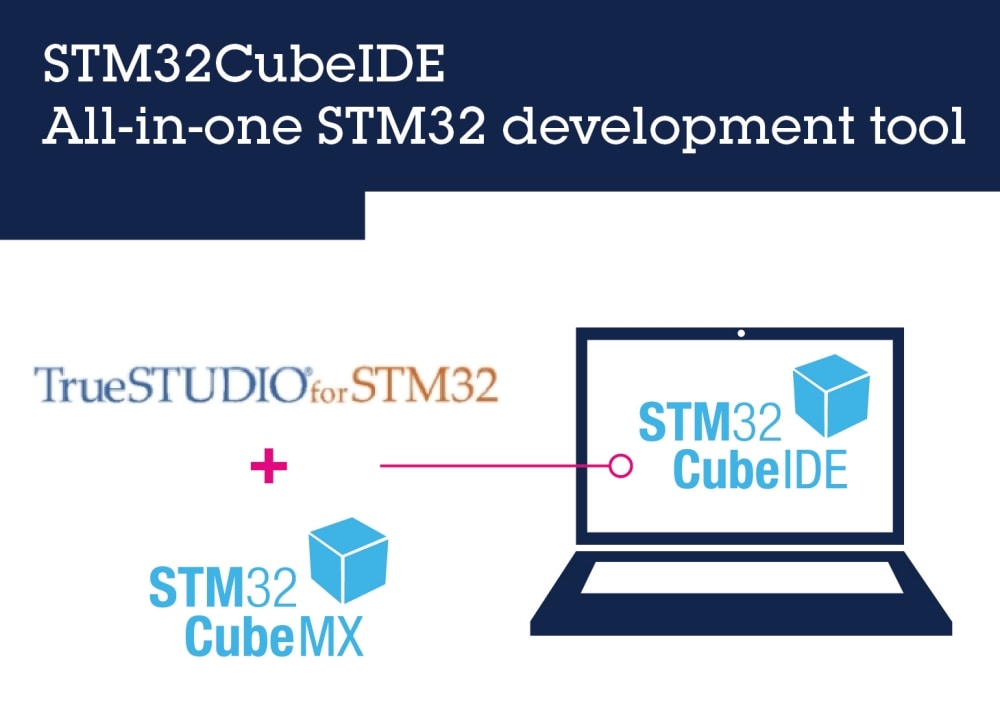
- #Bitbucket pipeline atollic truestudio how to#
- #Bitbucket pipeline atollic truestudio software#
- #Bitbucket pipeline atollic truestudio code#
- #Bitbucket pipeline atollic truestudio series#
Especially panic/assert/insane scenarios.

Built by at least two toolchains, and executed on at least two systems.Įmbedded guys tell me that.
#Bitbucket pipeline atollic truestudio code#

I think there are many advantages to off-target (on-host) unit testing: This makes hardly any sense to me, apart from being able to use one toolchain for everything. On-Target Or Off-TargetĮven when I stumble upon an embedded engineer who believes in unit testing, it’s very often the case that they want to unit test on-target. There’s a non-trivial effort required to get started, and it gets used as an excuse to never get started. Most embedded IDEs don’t support it out of the box, as though they’ve never even heard of it.
#Bitbucket pipeline atollic truestudio software#
Setting up a unit test harness is, pound for pound, a little harder for embedded software projects than other software.

It’s no mean feat to convince an embedded engineer that testing can have value when it’s not physical. We like soldering irons, we like hardware, we like physical things. Embedded engineers aren’t “normal” software engineers. In my experience, these practices are frequently absent in embedded software. Agile, Scrum, continuous integration, unit testing, Test Driven Development (TDD), everything. Software ConfuciusĮmbedded software is late to every party. Once you have a harness running, you’re all out of excuses for not writing tests. Instead, I’m interested in getting people over the setup hurdle. There are plenty of great resources for that.
#Bitbucket pipeline atollic truestudio how to#
I won’t go to detail on how to write unit test cases.
#Bitbucket pipeline atollic truestudio series#
The "Resume" button will not be greyed out anymore.This article is the first of a five-part series covering how to setup up a unit test harness on an embedded software project.įor the purposes of example, I’ll use the CppUTest harness, building within Silicon Labs’ Simplicity Studio (a YACE – Yet Another Customized Eclipse).

However, even after the deployment ends, the "Resume" button will never allow you to deploy to the Test environment, and this is the issue here.Ī workaround for this is to remove any deployment branch restrictions you may have on your repo. This pipeline was paused because another pipeline was deploying to. The build that finishes first will be able to deploy to the environment whereas the other build will get blocked with the following error: This commit should trigger a build As soon as the commit is added, before the build that gets triggered by the commit ends, go to the pull requests page and create a new PR for the created branchĤ. Create a new branch, and add a commit to it. Go to your repo settings > Deployments > This happens for any environment, but in this case, for testing purposes, select the "test" environment >Add any branch to the "Branches allowed to deploy to Test:" textboxģ.


 0 kommentar(er)
0 kommentar(er)
